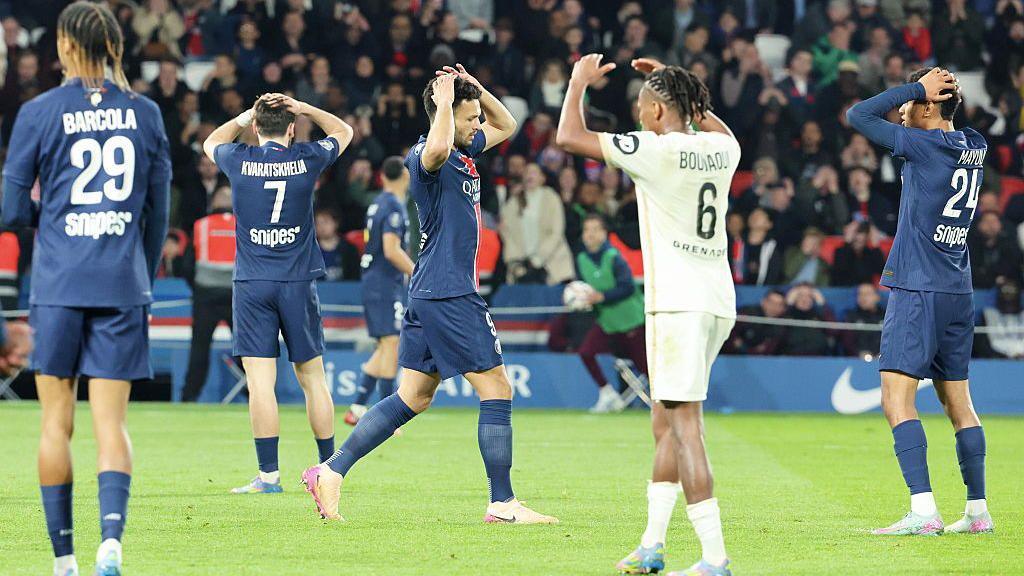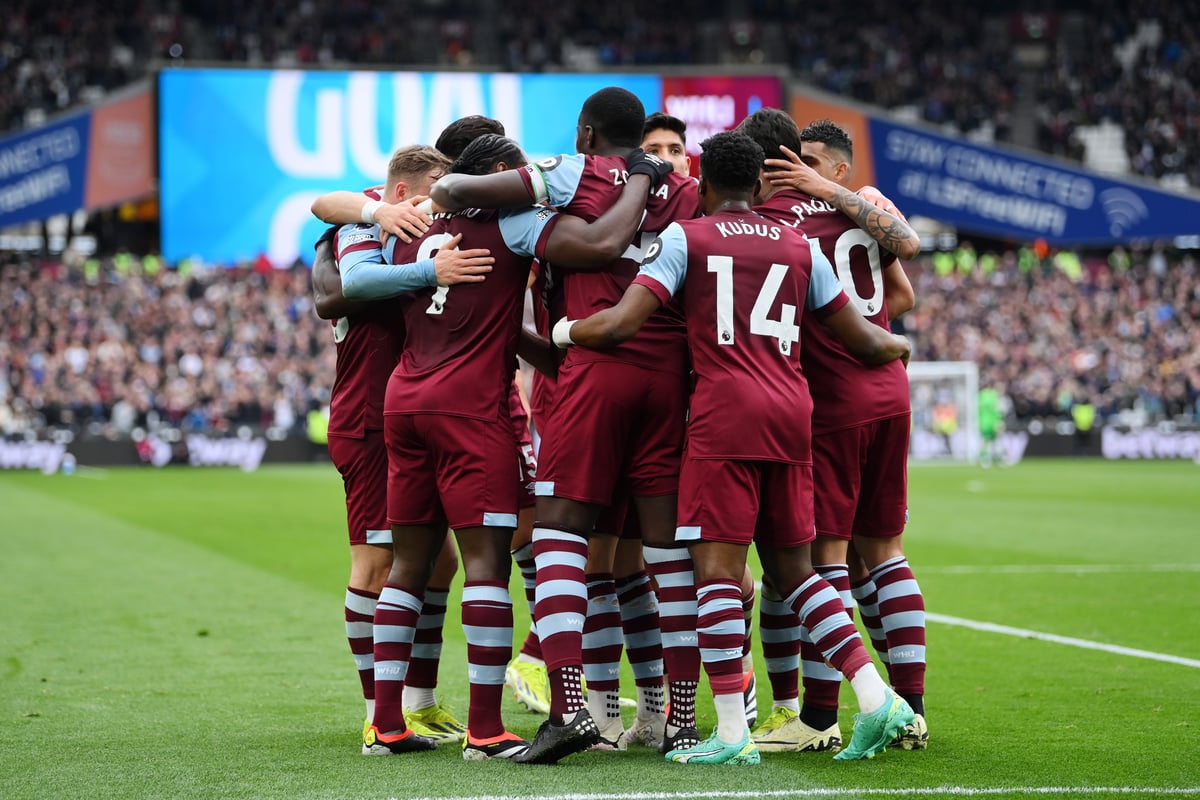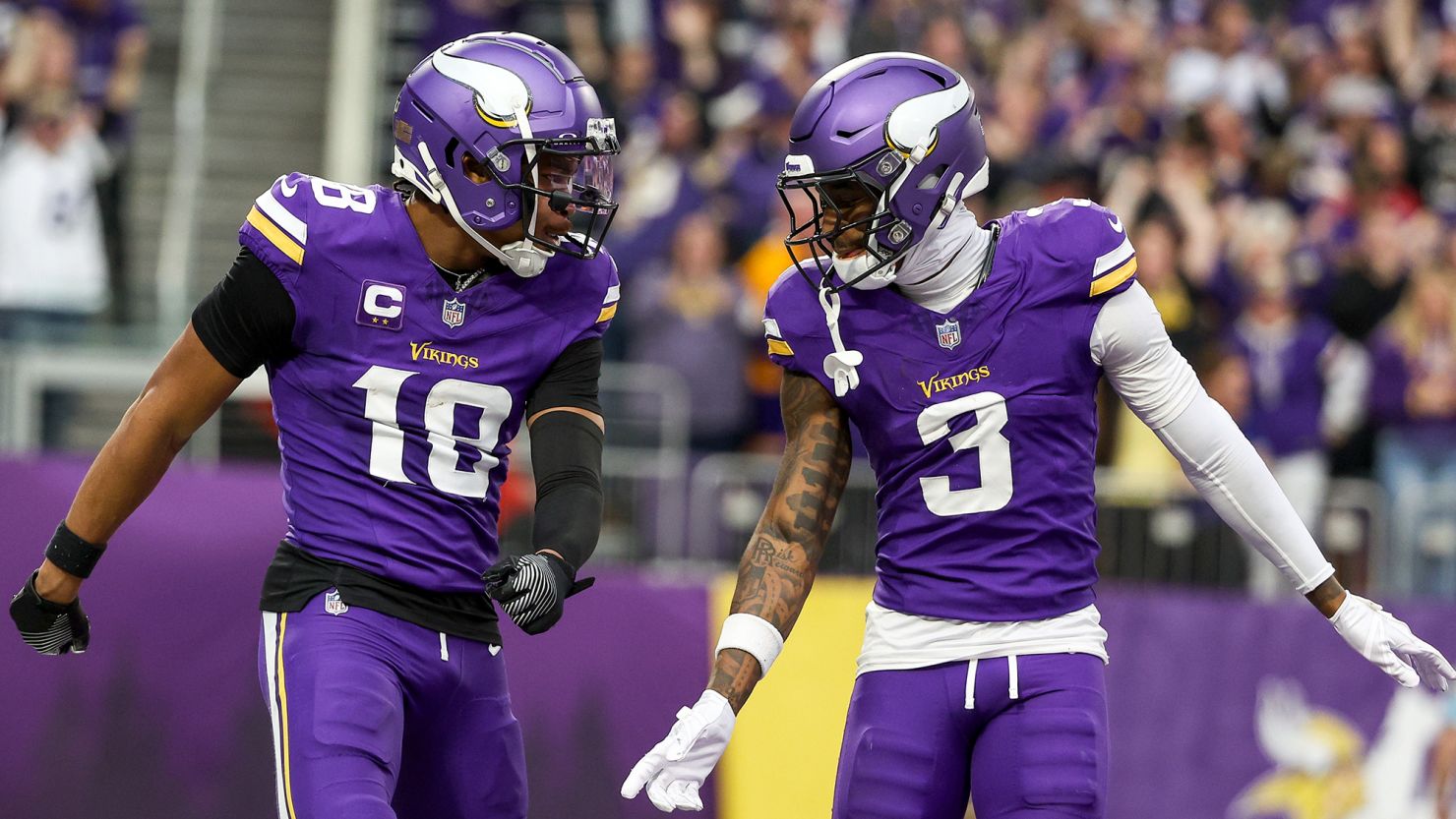In 2018, France’s top football division stood at the brink of a financial breakthrough. Ligue 1’s broadcast rights had historically trailed behind the likes of the Premier League, La Liga, and the Bundesliga. But a massive domestic deal—valued at over €1.15 billion annually—offered a glimmer of transformation. The centerpiece was a record-shattering €814 million agreement with a new rights holder that many hoped would propel the league into a new commercial stratosphere.
It didn’t.
From Boom to Breakdown
At the time, the logic seemed sound: France’s football league was stacked with international stars like Kylian Mbappé and Neymar. A new generation of fans was consuming sport digitally. The market was ripe for disruption.
Enter Telefoot, a new channel built by Mediapro specifically to host Ligue 1 matches. But reality quickly sank in. The channel failed to attract subscribers at the scale required to be sustainable. Within months, the venture collapsed, leaving clubs in limbo and rights holders scrambling.
The economic shockwaves from the COVID-19 pandemic didn’t help. Stadiums emptied, bars shut down, and ad budgets were slashed—crippling potential revenue from both fans and sponsors. But at the heart of the crisis was a classic overestimation: a misread of consumer demand and overconfidence in pricing power.
Lost Trust, Uncertain Terrain
After Mediapro exited, no broadcaster was rushing in to fill the void. Canal+, once a mainstay, distanced itself. BeIN Sports, too, stepped back. And when temporary deals with Amazon and Canal+ expired, there were no significant bids on the table.
Instead of holding a traditional rights auction, Ligue 1 entered behind-the-scenes talks. Only in the final hours before the 2023–24 season began did agreements emerge—far below the previous highs, and too late to offer clubs the kind of planning stability they needed.
The league’s value had not just declined; it had fragmented.
The DTC Dilemma: A Bold but Unproven Play
With options running thin, Ligue 1 is now preparing to take an unprecedented step for a top European league: launching its own direct-to-consumer (DTC) streaming service.
The idea of leagues owning the full broadcast-to-fan pipeline has long been discussed—but almost always as a negotiating tactic. Now, for Ligue 1, it may be the only viable strategy left.
Going DTC has clear benefits: better control of content, deeper fan data, higher margins per user. But it also brings serious risks—most notably, the enormous upfront costs of marketing, technology, and content production, with no guaranteed returns.
Telefoot’s failure still looms large. Even recent streaming efforts from established players, like DAZN, have struggled to attract sufficient subscribers in France. And with piracy still rampant in global sports broadcasting, the business case remains fragile.
A Silver Lining? Strategic Partnerships and Shared Infrastructure
There’s a twist: DAZN, despite terminating its deal early, is reportedly willing to support the DTC venture. Their platform infrastructure and experience distributing third-party leagues (like the NFL or England’s National League) could serve as the backbone of Ligue 1’s new offering.
This hybrid model—an in-house league channel supported by distribution on multiple platforms—could soften the risk. Wider accessibility, better pricing, and stronger promotional backing might help Ligue 1 win back disillusioned fans.
Lessons from the Past: SPL TV and MLS
This wouldn’t be the first time a league tried to go solo. In the early 2000s, the Scottish Premier League (SPL) attempted to launch its own channel. That project collapsed before launch, in part due to internal division and financial fear. The result was a fallback deal with the BBC that paid less and harmed club revenues.
More recently, Major League Soccer’s (MLS) deal with Apple TV is seen as the gold standard of league-platform partnerships. But even that model includes annual guarantees and deep integration with Apple’s ecosystem. MLS has corporate muscle backing its risk. Ligue 1 may not.
So, Can It Work?
For Ligue 1, this is about survival and reinvention. Success could turn the league into a digital pioneer—resetting its brand, reconnecting with fans, and possibly attracting new partners down the line. Failure, however, could deepen the league’s financial woes and undermine its clubs for years to come.
What’s clear is this: traditional broadcasting economics are shifting, and France’s top football league has no choice but to adapt. Ligue 1’s move to DTC is not just a media strategy—it’s a test of whether a major sports league can rebuild its value from within.
Source: SportsPro
IMAGE – GETTY Images


